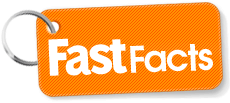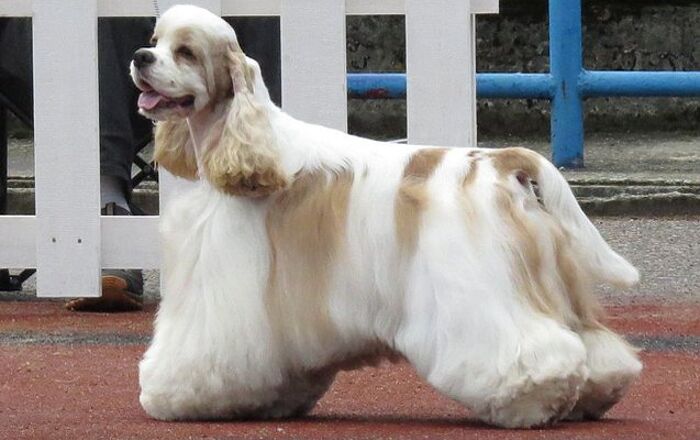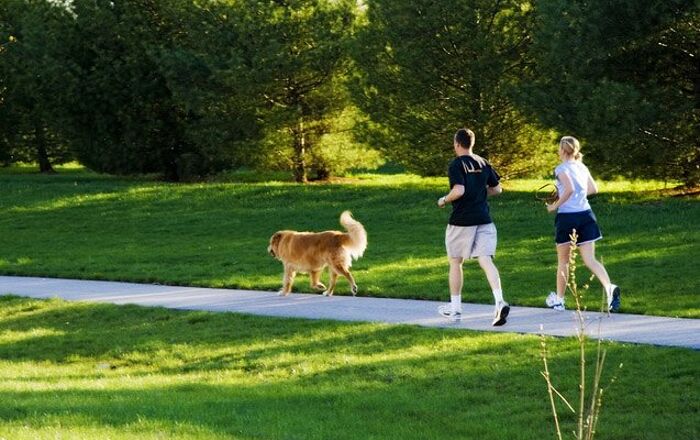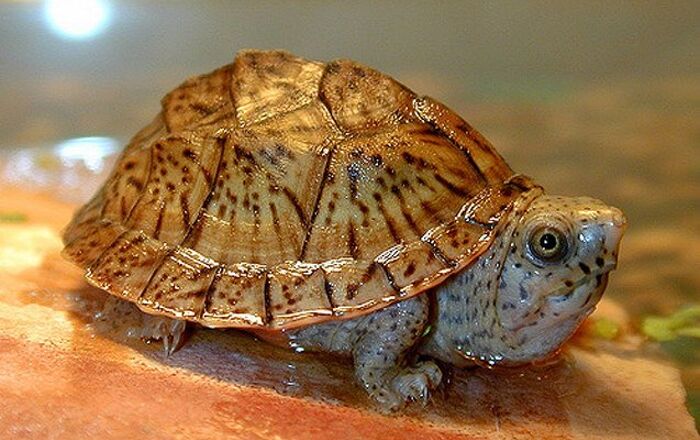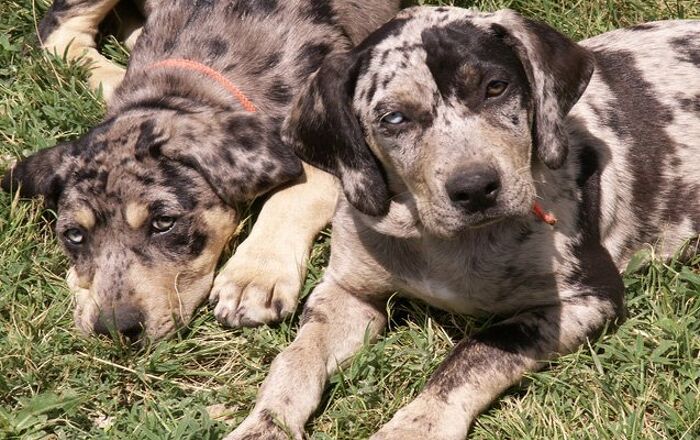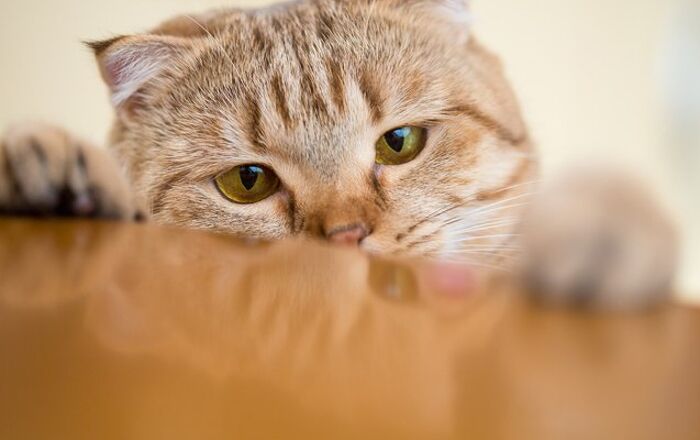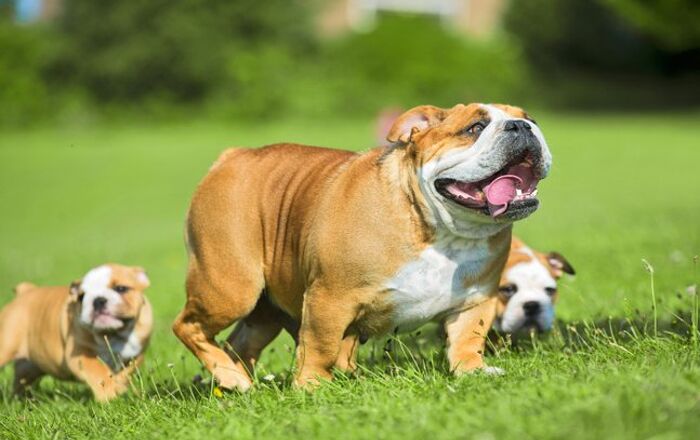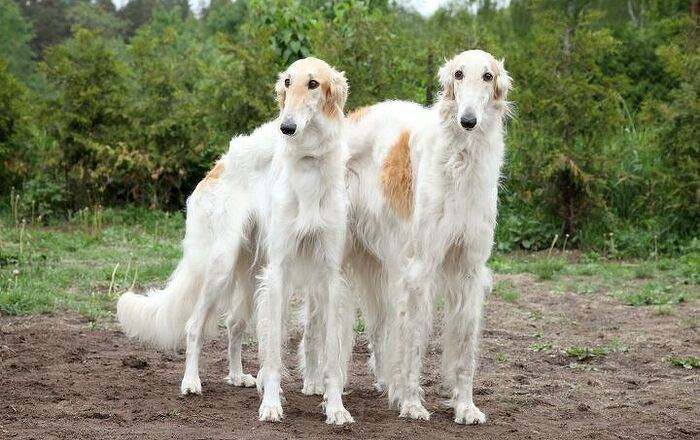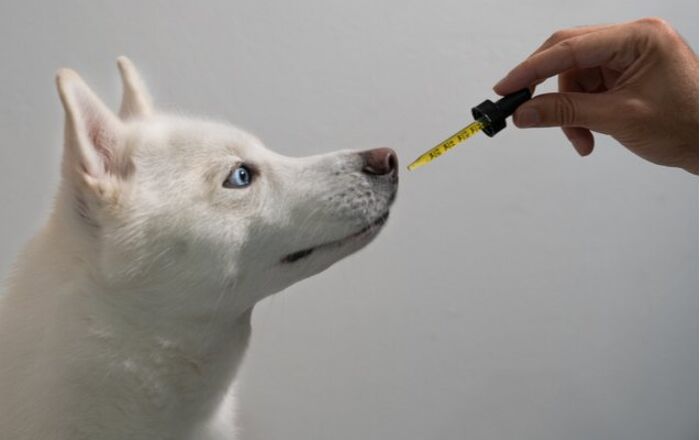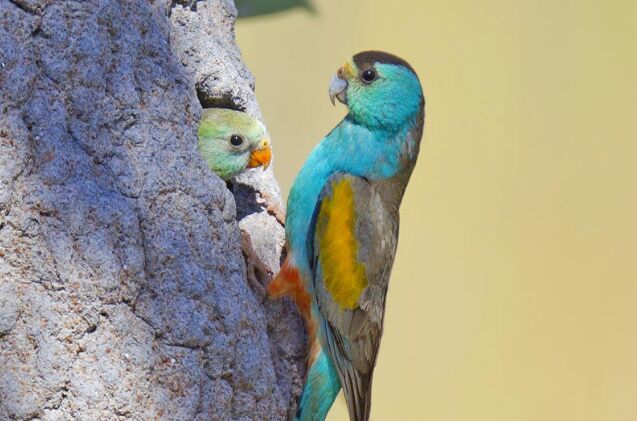
Golden Shouldered Parrot General Info
One of Australia’s more enigmatic breeds, the Golden Shouldered Parrot has a dedicated following in its homeland. With its flamboyant and extravagant appearance, uniqueness and an energetic personality, these parrots have a lot to offer to every owner. After Australian aviculturists rallied to promote these parrots to a wider, international audience, the birds have been introduced to breeders around Europe. This helps to establish a stable population in captivity and aviculture, helping to preserve this declining breed. Golden Shouldered Parrot is truly a one-of-a-kind sight, and one of Australia’s most colorful birds.
Generally friendly and peaceful, these beautiful parrots make great pets for experienced owners and beginners alike.
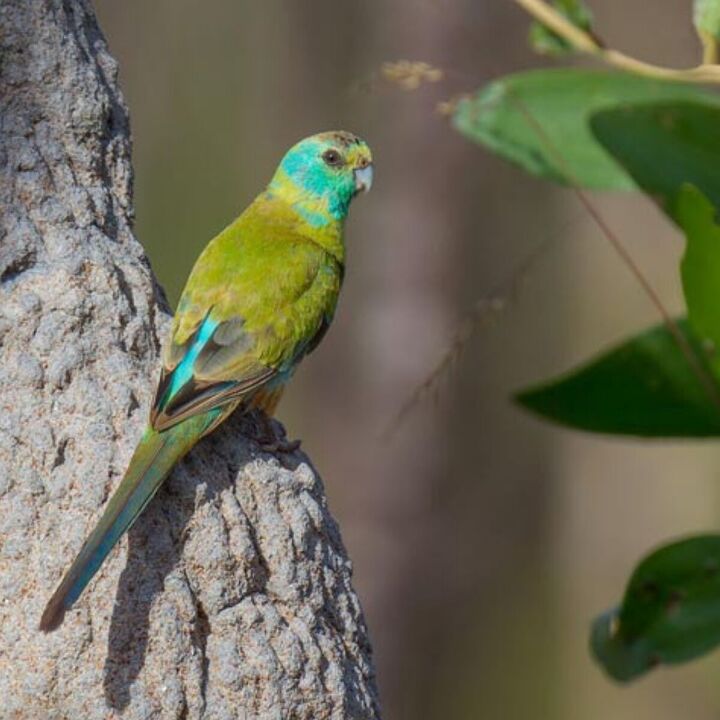
Native Region/Natural Habitat
These parrots are restricted to two isolated regions in Australia. One is the larger part in the northeast, and a smaller region on the Cape York Peninsula and northern Queensland. They thrive in open woodlands, dry grasslands and areas with Eucalyptus and Melaleuca trees. Their alternative name – the Anthill Parrot – comes from their nesting habits. They will build their nests in damp termite mounds. Sadly, these parrots are an endangered species. Mostly affected by habitat loss and threats from predators such as the Pied Butcherbird. They have been also trapped for the pet market from the late ’50s to the ’70s.
Overall Description
These parrots share their physical aspects with other breeds in the Australian Grass Parakeet family, such as Bluebonnets, the Red Rumped and Turquoise Parrots. You can notice the tapered long tail and a distinctly small beak. The adults reach an average length of 10 inches (26 centimeters) and weigh just 2 ounces (60 grams). Small, slender, and energetic, these parrots will require a lot of space to satisfy their need for exercise. An aviary, a walk-in bird room or a spacious and roomy cage will be required.
Speech and Sounds
Their natural calls consist of two-tone melodic sounds and occasional whistles. As is the case with most of Australia’s Grass Parakeets, they are not overly noisy. When compared to some other exotic parrots, the Golden Shouldered Parrot has a much more subtle natural call. Their melodic chirps and tweets, as well as whistling sounds, are easily tolerated and adapted to. When kept as an aviary bird, they make even less noise.
Colors
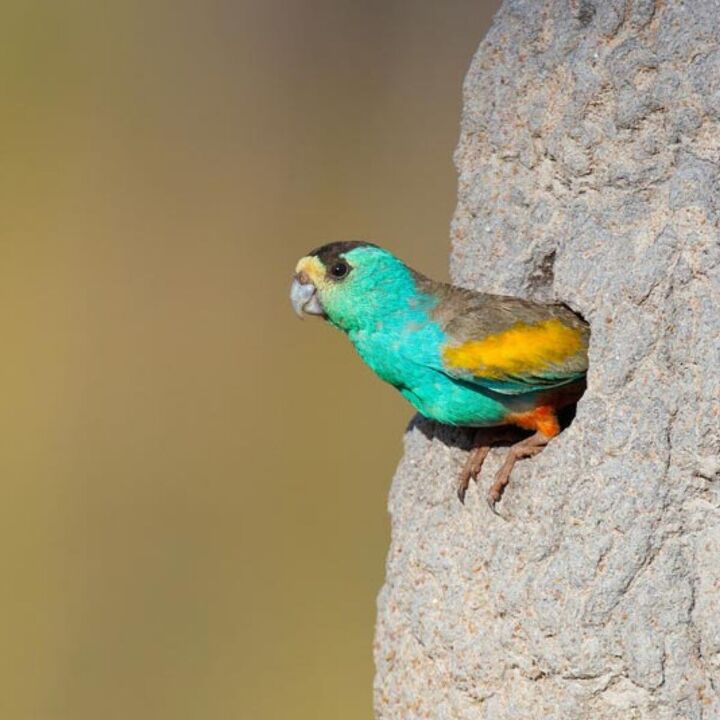
The Golden Shouldered Parrot is a real eye-catcher. One of the more unique birds in aviculture, these parrots display a stunning mix of colors. In addition, the great difference between males and females provides another striking variation inside the breed. The males are mostly bright, sky blue with gray-brown back and wings. Two prominent yellow patches on the lower half of the wings give them a showy detail. The lower abdomen, thighs, and legs are pinkish red, reminiscent of pants. The top of the head has a black crown, with a smaller yellow patch just above the beak. The females are mostly yellowish green. The belly is cream colored, and the rump is pink. The top of the head is light gray.
Golden Shouldered Parrot displays a drastic sexual dimorphism: the males and females have a completely different appearance.
Care and Feeding
For a Golden Shouldered Parrot, the diet should be based around commercial seed mixes. Any of the seed mixes that are designed for Budgies, Rock parrots or Turquoise parakeets will do. When combined with a lot of fresh fruits, this diet will provide your pet with all of the essentials. A good addition is a cuttlebone. It replenishes calcium and gives your pet a chance to work on their beak. As a bonus point: it also saves the furniture from potential damage!
Health and Common Conditions
With an average lifespan of around 15 years or more, the Golden Shouldered Parrot is relatively easy to look after and will adapt to most temperate conditions. The most important thing to ensure this is to pay attention to some of the basic needs. For exotic parrots, social interaction plays a big role. It keeps your pet stimulated and deepens the bond between you. Daily interaction will go a long way.
If kept in pairs, the Golden Shouldered parrots will thrive best in an aviary, with adequate nesting options.
Personality & Behavior
Generally friendly and peaceful, these beautiful parrots make great pets for experienced owners and beginners alike. With enough interaction, they can even become cuddly and welcome handling, which is not often the case with exotic breeds. To satisfy their energetic nature, provide them with plenty of toys, perches or artificial branches. They will enjoy having a natural aspect in their surroundings. Many owners in Australia keep these parrots in pairs in aviaries. This gives them both the chance to enjoy the company of their own kind and live in an environment that mimics their habitat to a degree. If you decide to keep a Golden Shouldered Parrot in a cage, make sure it’s big enough- and let them out frequently for free flight around the room.
Photo credit: Geoffrey Jones/Bush Heritage Australia
